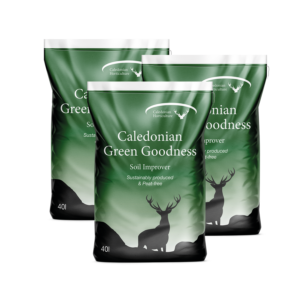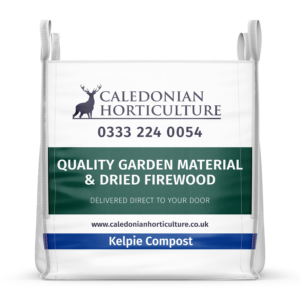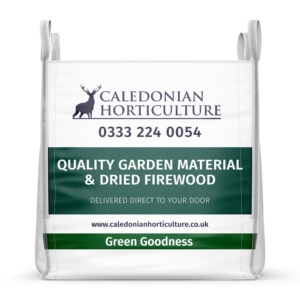We asked the guys on one of our composting sites to give us their top tips for making compost at home. Here’s how they suggest you turn your food and garden waste into sweet-smelling, rich brown compost.
How To Make Compost At Home
- Choose A Good Spot: A level, well-drained spot, which will ensure that any excess water drains away easily and will allow the worms easy access is what you are looking for.
- Choose Your Compost Bin Wisely: Buy a compost bin or build your own. Make sure the worms have access as they will be doing some of the hard work for you. There are loads of options out there from small easy to use bins and tumblers (great for smaller spaces) to large open bins.
- Fill It Up: Pop in all of your veg and fruit waste plus tea bag contents, coffee grinds, grass cuttings and other garden waste. Do not put meat, dairy, dog poo, perennial weeds (dandelions etc) or cat litter in there.
- Balance Is Key: The key to good compost lies in getting the mix right. You need to keep your ‘greens’ (food waste and green garden waste) and ‘browns’ (leaves, hay, straw, small branches, wood chip) properly balanced. If your compost is too wet, add more ‘browns’. If it’s too dry, add some ‘greens’. In general, aim to layer it up equally.
- Worms And Microbes: Our compost is produced by the activity of millions of microbes but with low temperature garden composting, worms will do a lot of the work and microbes will do the rest. Make sure worms have access to your compost and you can always buy some to add into the mix if they are not around.
- Airing And Turning: We turn our compost often – it helps to aerate and mix up the waste and cuttings, which leads to faster composting.
- Give It A Boost You can encourage the correct enzymes in your compost by using a compost activator. It helps to turn your grass, leaves and garden waste into dark, rich, crumbly compost in less than half the time.
- Know When It Is Ready: When your compost is ready you’ll have a dark brown, almost black soil-like layer at the bottom of your bin. It should have a spongy texture and will be rich in nutrients.
Feel free to comment below if you have any questions for our compost experts and let us know how you get on! Good luck and happy composting!
Our Composts
We make peat-free compost on a commercial scale by turning garden waste from gardens in Southern Scotland into our nutrient rich seaweed Kelpie Compost and our renowned Green Goodness Soil Improver. Our composts will nourish your garden, improve water retention, reduce soil compaction and erosion and improve plant survival and growth.
-
 Scottish Borders Green Goodness Collection Pack£12.00 inc VAT
Scottish Borders Green Goodness Collection Pack£12.00 inc VAT -
 Builder’s Bag Kelpie Compost£72.00 inc VAT
Builder’s Bag Kelpie Compost£72.00 inc VAT -
 Builder’s Bag Green Goodness£52.00 inc VAT
Builder’s Bag Green Goodness£52.00 inc VAT -
 40L Kelpie Compost£4.75 – £5.75 inc VAT
40L Kelpie Compost£4.75 – £5.75 inc VAT -
 40L Green Goodness£3.50 – £4.50 inc VAT
40L Green Goodness£3.50 – £4.50 inc VAT


I would like you to add how often you turn your compost as I have found this critical. I made the mistake 30 years ago making 3 side by side wooden walled compost bins with the idea of turning the compost from one to the next. A huge effort and it took years to compost.. At the beginning of lockdown 2019, I had filled my 3 brown bins with scarified dead grass so I had no option but to compost the rest. I removed the middle two walls to make one big composting area and with the scarified dead grass and new cuttings I was able to climb into the compost area and turn it over every three days. It was very warm and I added new grass cuttings every week. Within 2 weeks I could see the heep beginning to look like compost and continued turning every three days until about six weeks when it started to cool down. I could have used the compost then but I kept it for the year and have just added it to the borders. Absolutely perfect with lots of fibrous material, open and free.
Ants have made a home in my compost bin And have laid eggs. Does this affect my home made compost ?
Can I put ant killer powder in it ? Will it affect the quality of the compost ?